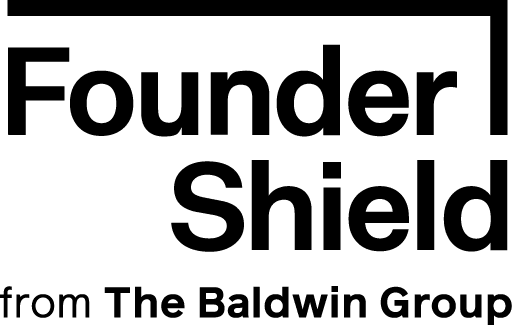Key Takeaways
We know that each industry, and the businesses functioning therein, face unique challenges. However, many people don’t realize how the insurance industry — in its old-school glory — develops customized solutions for various issues. This post highlights risk retention groups and how they work as an innovative solution to a complicated insurance problem. Let’s dive in and explore what you can do with risk.
What’s a Risk Retention Group?
Risk retention groups (RRGs) are member-owned liability insurance companies, enabling companies to pool their risks together for self-insurance.
The idea surfaced decades ago when many businesses faced roadblocks trying to purchase liability insurance. In the 70s and 80s, some companies couldn’t afford coverage, while insurers wouldn’t place policies for others. Plenty of businesses faced too many unique exposures that most insurers wanted no part.
After studying the situation, the federal government — which usually leaves insurance matters up to the state — passed the Product Liability Risk Retention Act of 1981. Later amended in the late 80s, this movement launched what we now know as risk retention groups.
These mutual companies are designed to serve businesses but haven’t been around nearly as long as traditional insurance. Although the state regulates RRGs, they have a separate set of rules apart from other insurers. For the most part, RRGs are relatively versatile as they can work as a standard mutual insurer or a captive insurer. Of course, they must be appropriately licensed to do so, but only in their domicile state.
RRGs vs. Traditional Insurance
The state and the federal government have joined forces regarding RRGs but approach them differently than traditional insurers. RRGs are treated as multi-state insurance companies, meaning they’re subject to NAIC accreditation standards. Keep in mind that these standards are modified to suit RRGs’ uniqueness.
Risk retention groups are similar to traditional insurers; however, they do have differentiating factors. For example, RRGs are:
- Exempt from obtaining a license in operational states
- Not required to contribute to state guaranty funds
- Exempt from some state laws regulating insurance
- Must include a federal warning that policy is not regulated like traditional policies
- Allowed to file financial statements using GAAP accounting
Risk retention groups work best for those who can’t purchase insurance elsewhere for some reason, but are engaged in similar business activities (i.e., common exposures, product, service, or premise).
Navigating substantial liability exposures is a common challenge for various professional groups, with medical and legal professionals being noteworthy examples. Among the numerous groups eligible for Risk Retention Groups (RRGs), those contending with significant exposures find the most benefit. When it comes to managing these intricate risks, RRGs prove especially effective. In exploring the meaning of bor, it becomes evident that RRGs offer a strategic approach for groups grappling with extensive liabilities.
Pros and Cons of Risk Retention Groups
Like most insurance solutions, RRGs have good and bad points. It’s worth reviewing these points to see if this solution fits your needs.
Pros
Customization is likely the most significant selling point for RRGs. Businesses facing massive or unique exposures tend to appreciate a tailored loss control strategy and risk management practices. Plus, RRGs have access to reinsurance markets, helping to make liability coverage budget-friendly. There’s more program control than with traditional insurance, and as mentioned, operating in several states isn’t a hurdle for RRGs.
To sum up, here’s a list of the top advantages for RRGs:
- More program control
- Access to reinsurance markets
- Policyholders retain the profit instead of the insurer
- Multi-state operations
- Tailored loss control and risk management plans
- Affordable liability coverage
- Exempt from many state requirements
- Steady premiums
Cons
While RRGs have plenty of advantages, there are a few disadvantages, and this insurance solution doesn’t work for every business. For starters, RRGs can’t provide property insurance. And if one business faces a significant loss, the other companies in the pool might suffer raised premiums. Also, the domicile state might not monitor RRGs when they operate in other states, opening the door to noncompliance exposures.
Following are a few of the most significant disadvantages of RRGs:
- One business’s loss could result in raised premiums for the entire pool
- RRGs can’t provide property insurance
- Multi-state compliance issues
- Insolvent RRGs often forfeit each policyholder’s funds
- Must prove financial responsibility, even without a certified insurance rating
- Difficulty accessing RRG policyholder funds
Risk Retention Group Example
It’s tough to imagine what an RRG would look like in everyday life — so here’s a glimpse. Let’s look at e-mobility or micromobility, as we call it. Fleets of e-scooters, e-bikes, and other devices are surfacing nationwide. Some fleets are massive, with thousands of vehicles (i.e., Lime, Bird, etc.), while others have less than 1,000 devices.
Unfortunately, covering micromobility fleets of only 50 to 1,000 devices can eat away at a company’s profits. And these businesses face plenty of headaches, including bodily injury, property damage, and compliance risks.
Fleet Shield
As a result, Founder Shield developed Fleet Shield, a risk retention group serving the micromobility space. It helps keep premium costs low by aggregating the risk of small and mid-sized fleet operators into one industry-specific general liability program. This strategy helps fleet operations scale quickly and comply with city insurance requirements should a permit be in place.
As mentioned, RRGs can be an affordable and effective answer to complicated insurance problems. RRGs are a well-fitted solution for many companies, but it’s essential to know your insurance options.
Understanding the details of what coverage your company needs can be a confusing process. Founder Shield specializes in knowing the risks your industry faces to make sure you have adequate protection. Feel free to reach out to us, and we’ll walk you through the process of finding the right policy for you.
Understanding the details of retention in insurance is key to managing risks effectively. Founder Shield specializes in knowing the risks your industry faces to make sure you have adequate protection. Feel free to reach out to us, and we’ll walk you through the process of finding the right policy for you.
360 Risk Assessment
Micromobility Risk Management Guide
Micromobility Risk Management Guide
Micromobility industry page form for a whitepaper











